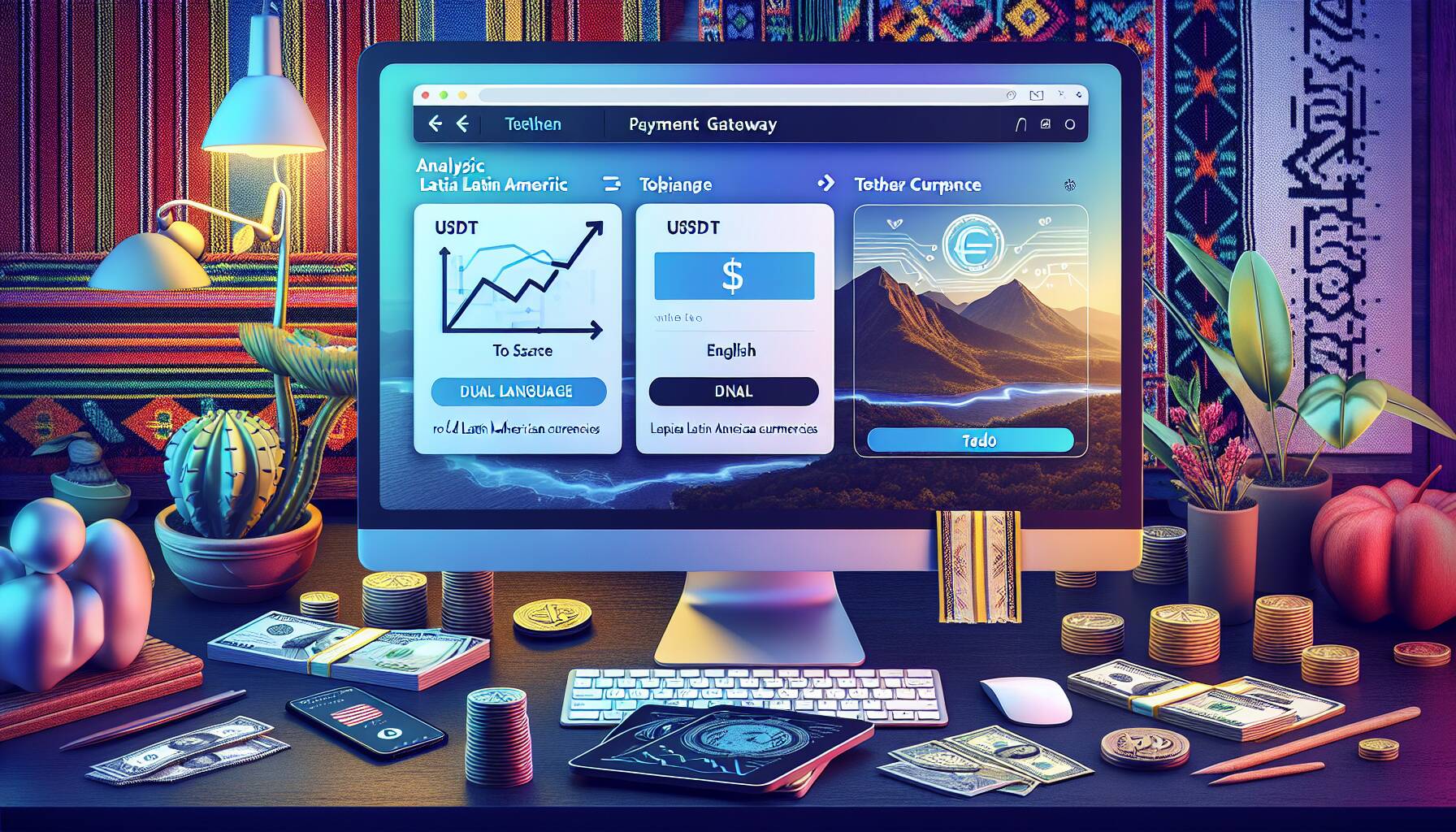In a groundbreaking development for the cryptocurrency landscape, a new feature has emerged that bridges the gap between digital assets and everyday transactions in Latin America. This innovative integration connects USDT balances—one of the leading stablecoins—directly with popular payment systems such as PIX and Mercado Pago. With this functionality, users can effortlessly make payments using QR codes, streamlining the process of converting digital currency into local currency instantly.
The integration aims to enhance the accessibility of cryptocurrency for daily transactions, and it reflects a growing trend towards the mainstream acceptance of digital money as a convenient payment option. As more individuals and businesses turn to cryptocurrencies, this feature is poised to simplify how people engage with their financial lives, offering security and ease in a space that has historically been complex.
“This development is a significant step forward in making digital payments more accessible, allowing users to pay with cryptocurrency in a way that feels familiar and intuitive,”
Experts suggest this feature could transform how transactions are conducted in regions where cash usage is declining, and mobile payments are on the rise. By connecting USDT to widely-used local payment platforms, the initiative not only opens new avenues for cryptocurrency utility but also caters to the growing demand for seamless financial solutions in an increasingly digital world.

Integration of USDT with PIX and Mercado Pago
This new feature allows users to leverage their USDT balances for seamless transactions. Here are the key points:
- USDT Balance Integration: Users can now connect their USDT wallets directly to PIX and Mercado Pago.
- Instant Conversion: Payments made in USDT can be instantly converted to local currencies.
- QR Code Payments: Users can pay using QR codes, enhancing transaction efficiency.
- Broad Accessibility: This integration facilitates easier access to cryptocurrency for everyday purchases.
- Enhancement of Payment Options: Users can diversify their payment methods, potentially saving on conversion fees.
These features may significantly impact users by:
- Providing a more user-friendly approach to cryptocurrency transactions.
- Enabling quicker transactions in daily purchases, potentially improving cash flow for businesses.
- Offering an opportunity to engage more with cryptocurrency without the hassle of complicated exchanges.
Innovative Payment Solutions: USDT Integration with PIX and Mercado Pago
The recent development of integrating USDT balances with PIX and Mercado Pago transforms the landscape of digital payment options in Brazil. This feature enables users to seamlessly pay via QR codes while converting USDT to the local currency in real-time, which is a significant leap forward in enhancing transaction efficiency.
Competitive Advantages: One of the standout benefits of this innovation is the instant currency conversion, which addresses a common pain point for cryptocurrency users — the volatility and the need for immediate liquidity. By connecting digital assets to well-established local payment systems, this integration amplifies accessibility, allowing a broader audience to engage with cryptocurrencies without the traditional hurdles. It positions the user conveniently at the intersection of crypto and fiat, appealing to both the tech-savvy and the less tech-inclined.
However, disadvantages exist. The reliance on regulatory frameworks in Brazil could pose challenges as governments adjust policies regarding cryptocurrency use. Additionally, as digital wallets and payment solutions proliferate, the increased competition may lead to market saturation, which can dilute brand loyalty among users.
This payment solution could significantly benefit tech-forward consumers seeking flexibility in payment options and businesses aiming to attract an audience that values efficiency in transactions. However, traditional financial institutions might feel the pressure as such innovations compel them to adapt quickly or risk obsolescence in a rapidly evolving market.













